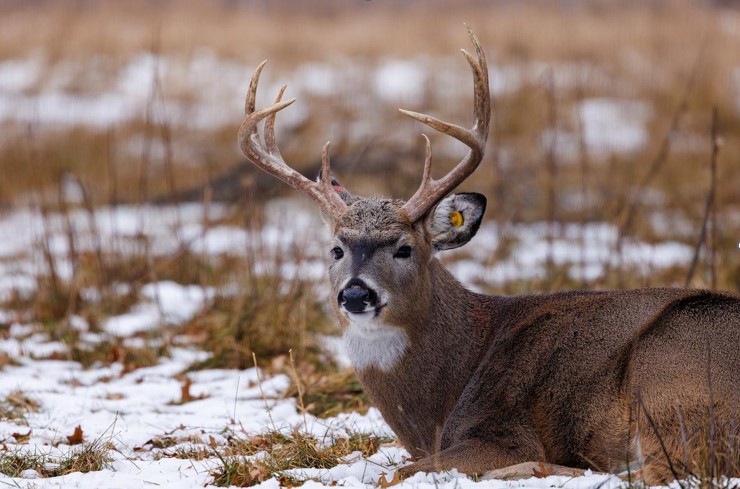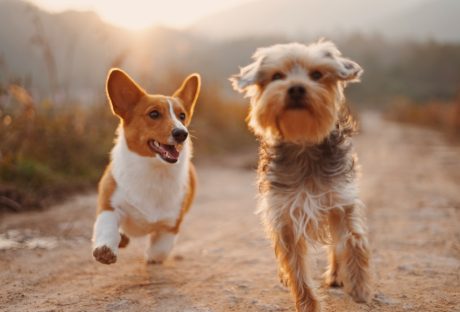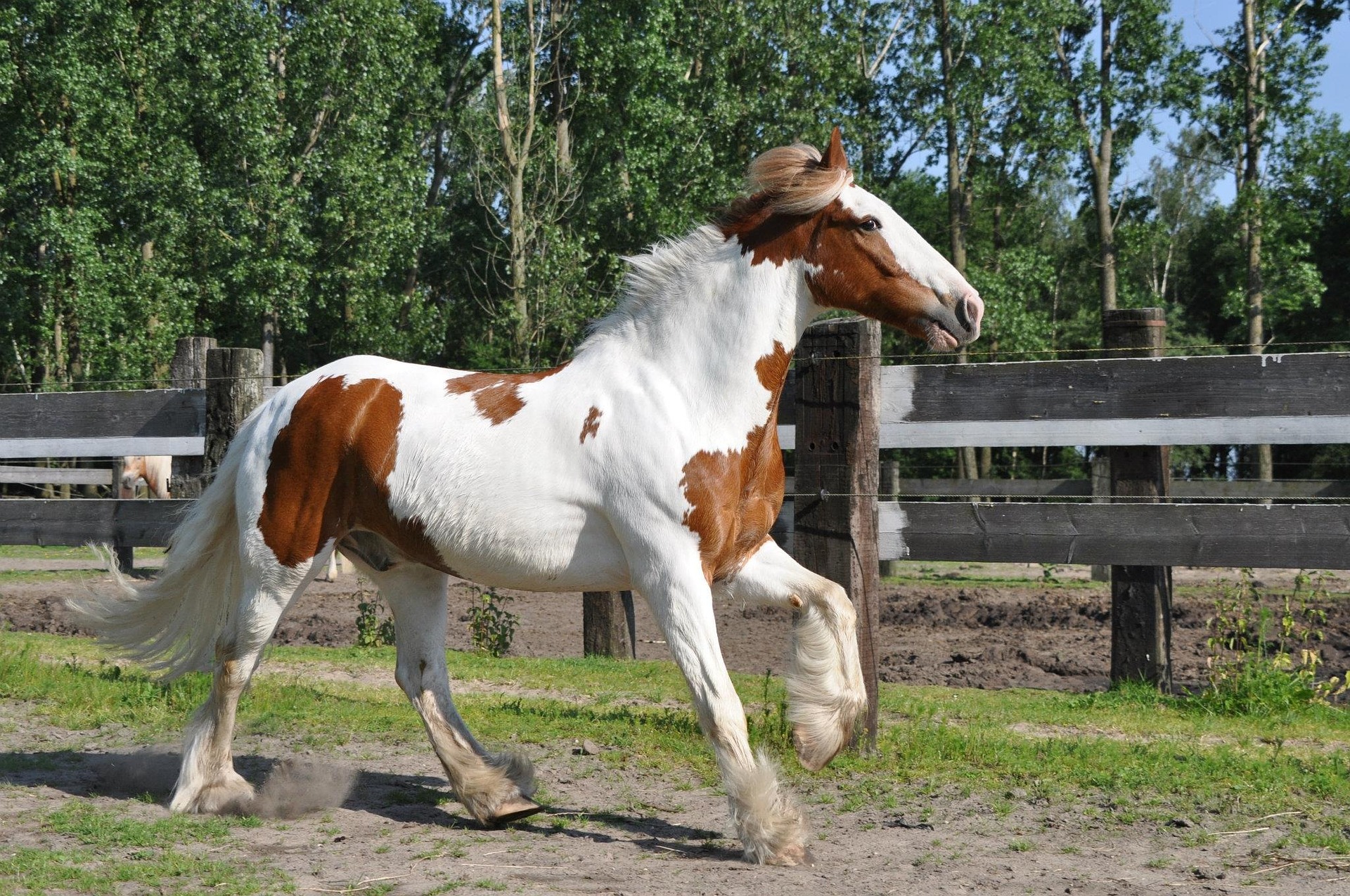Whitetail deer hunting is an exhilarating outdoor pursuit that attracts beginners and seasoned hunters alike. This comprehensive guide provides valuable tips and insights to help beginners successfully embark on their whitetail deer hunting journey. From understanding deer behavior to honing hunting techniques, this guide covers everything you need to know to get started and maximize your hunting experience.
Contents
Understanding Whitetail Deer
Before diving into the hunting techniques, it’s crucial to understand the behavior and habits of whitetail deer. You can enhance your chances of success by gaining insight into their characteristics and preferred habitats.
Whitetail deer are known for their keen senses and cautious nature. They are primarily crepuscular (active during dawn and dusk). Understanding their behavioral patterns and preference for certain habitats, such as wooded areas with nearby water sources, can help you identify optimal hunting locations.
Preparing For The Hunt
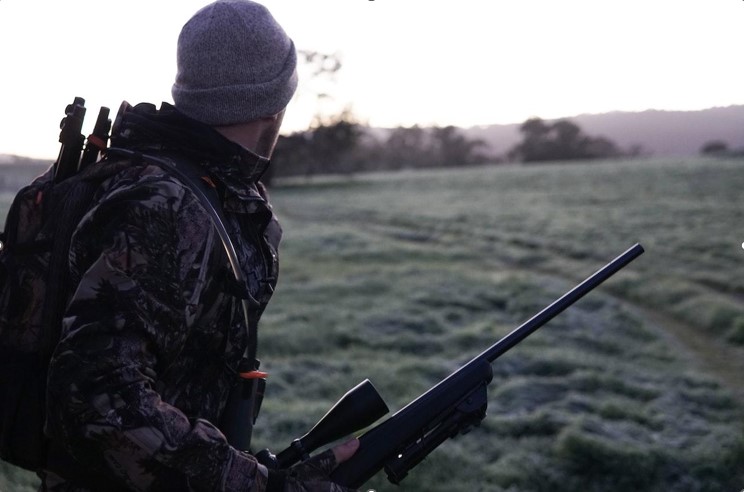
Proper preparation is key to a successful hunt. This section will guide beginners on the essential steps, such as acquiring licenses and permits, familiarizing themselves with hunting regulations, and selecting appropriate gear and equipment. Additionally, we’ll emphasize the importance of physical fitness for an enjoyable hunting experience.
Before Setting Foot In The Wilderness:
- Ensure you have obtained the necessary licenses and permits for deer hunting in your area.
- Research local hunting regulations and restrictions to stay compliant and avoid any legal issues.
- Regarding gear and equipment, invest in a reliable firearm or bow, appropriate ammunition or arrows, camouflage clothing, a comfortable tree stand or ground blind, and essential accessories like binoculars and a field dressing kit.
If you need reliable rangefinder binoculars to enhance your hunting accuracy, check out this article, “8 Best Rangefinder Binoculars In 2023 With Reviews.” Simply click here to read the article and make an informed decision on selecting the right equipment for your hunting needs.
Moreover, maintaining good physical fitness will increase your endurance and enable you to navigate rugged terrain easily.
Scouting And Locating Deer
To increase your chances of encountering whitetail deer, you need to know where to find them. We’ll explore the signs of deer activity, including tracks and rubs, and provide tips on locating bedding areas and feeding grounds. We’ll also touch upon the use of trail cameras and scouting techniques to gather valuable information.
When scouting for deer, watch for signs of their presence, such as fresh tracks, rubs on trees, and deer droppings. These indicators can lead you to bedding areas, where deer rest during the day, and feeding grounds, where they graze on vegetation.
Utilizing trail cameras in strategic locations can provide valuable insights into deer movement patterns, helping you plan your hunting strategy accordingly.
Hunting Techniques
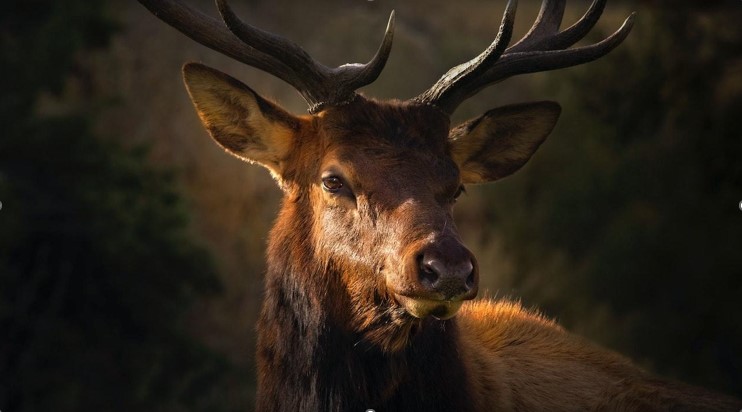
This section delves into the different hunting techniques for whitetail deer. We’ll cover stand hunting, including tips for selecting tree stands and ground blinds and stalking techniques that help you move quietly and utilize cover effectively. We’ll also discuss the art of calling and understanding deer vocalizations, scent control, and camouflage techniques.
Stand hunting involves positioning yourself in an elevated tree stand or concealed ground blind near deer travel routes or feeding areas. Choose a sturdy tree stand that offers good visibility and camouflage it with natural materials.
If opting for a ground blind, ensure it blends well with the surroundings.
Stalking, however, requires stealth and patience as you silently move closer to your target, utilizing available cover to remain undetected.
Mastering deer calls, such as grunts and bleats, can effectively lure them within range. Additionally, paying attention to scent control by using scent-eliminating sprays and wearing scent-blocking clothing can minimize your odor and prevent deer from detecting your presence.
Shot Placement And Ethical Considerations
A crucial aspect of hunting is ensuring ethical kills. We’ll provide guidance on understanding deer anatomy for proper shot placement and recommend aiming points for clean and humane kills. Furthermore, we’ll discuss the importance of tracking wounded deer and address ethical considerations surrounding hunting.
To achieve an ethical kill, it’s vital to understand deer anatomy. The preferred shot placement is behind the shoulder, targeting the vital organs for a quick and humane kill. Practice your aim at different distances to ensure accuracy and confidence in the field. Tracking wounded deer becomes crucial in the unfortunate event of a less-than-perfect shot. Follow blood trails and other signs of injury carefully, and be prepared to make the necessary effort to recover the animal. As responsible hunters, we must always prioritize ethical considerations, respecting the wildlife we pursue and the ecosystems they inhabit.
Safety Guidelines
Safety should always be a top priority during hunting. We’ll outline essential safety rules for handling firearms, precautions for using tree stands, and the importance of situational awareness. Additionally, we’ll touch on emergency preparedness and basic first aid knowledge.
Before handling any firearm:
- Familiarize yourself with its operation and always treat it as if it were loaded.
- Follow the fundamental firearm safety rules of keeping the muzzle pointed in a safe direction, keeping your finger off the trigger until ready to shoot, and identifying your target and what lies beyond it.
- When using tree stands, ensure they are secure and wear a safety harness to prevent falls.
Maintaining situational awareness of your surroundings, including the presence of other hunters, is critical for a safe hunting experience. It’s also wise to carry a well-equipped first aid kit and be prepared for emergencies such as minor injuries or getting lost.
Processing And Butchering

After a successful hunt, knowing how to handle and process the harvested deer is important. This section will cover field dressing techniques, transporting and storing meat, and basic butchering tips to ensure you maximize your harvest.
Field dressing is the process of removing the internal organs of the deer to cool down the carcass and preserve the meat. Ensure you have the necessary tools, such as a sharp knife and latex gloves, to perform this task properly. Properly field-dressed deer should be transported as quickly as possible to a cool environment.
Once home, the deer can be further processed by skinning, quartering, and deboning. Proper storage, such as refrigeration or freezing, will help maintain the quality of the meat until you’re ready to cook it.
Post-Hunt Activities
Completing the hunting cycle, we’ll discuss the necessary steps for reporting your harvest and complying with legal requirements. Additionally, we’ll explore options for trophy preservation and taxidermy, allowing you to cherish the memories of your successful hunt.
Check your local regulations for reporting requirements and ensure you fulfill them within the specified timeframe. If you wish to preserve the memory of your hunt, you may consider trophy preservation through taxidermy. Consult professional taxidermists specializing in deer mounts and discuss your preferences and budget to determine the best options.
Resources And Further Learning
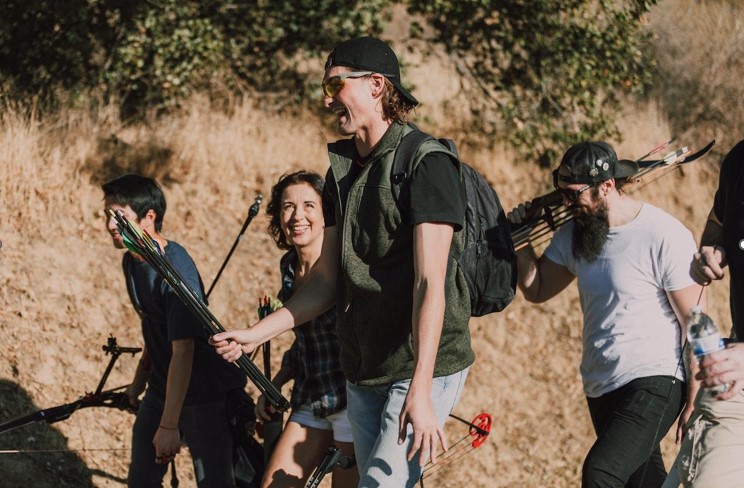
This section provides valuable resources for beginners seeking additional information and learning opportunities. We’ll highlight online forums, communities, and websites dedicated to whitetail deer hunting. Furthermore, we’ll recommend hunting education programs, workshops, as well as books, magazines, and videos for further enrichment.
Expand your knowledge and connect with other hunters by joining online forums and communities dedicated to whitetail deer hunting. These platforms provide opportunities to ask questions, share experiences, and learn from seasoned hunters.
Consider participating in hunting education programs or workshops offered in your area to enhance your skills and knowledge further. Books, magazines, and videos focusing on deer hunting techniques, gear reviews, and hunting stories can also provide valuable insights and inspiration.
Conclusion
In conclusion, this comprehensive guide has equipped beginner hunters with valuable insights and tips for successful whitetail deer hunting. By understanding deer behavior, honing hunting techniques, and prioritizing safety and ethical considerations, you’re ready to embark on this thrilling adventure and create unforgettable memories in the wilderness. Remember always to respect wildlife and the environment, and may your whitetail deer hunting journeys be rewarding and fulfilling.
As you begin your hunting journey, it’s essential to prioritize physical fitness. If you’re looking to kickstart your fitness journey and improve your endurance for hunting, we have a helpful resource for you. Check out our article “4 Tips For Getting Starting With Your Fitness Journey Today” to find practical advice and guidance on getting started with your fitness routine. Taking care of your physical well-being will enhance your hunting experience and contribute to a healthier and more enjoyable lifestyle overall.
Read Also :













